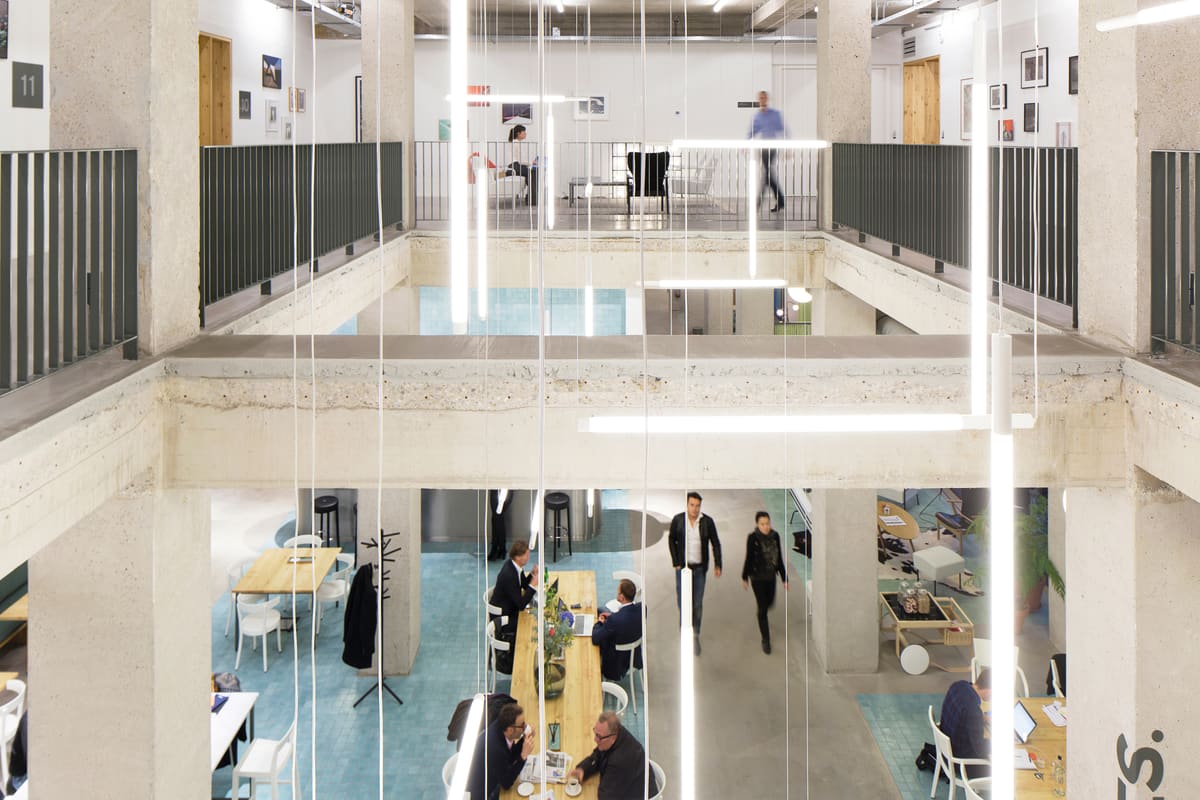One of the most disruptive trends to grip industry over the last decade has been the concept of remote working.
With the explosive development of high-speed internet, video calling and the creation of apps and software that enable people to collaborate regardless of where they are in the world, the old pillars of working life have begun to crumble.
It is now increasingly acceptable, and often desirable, for modern workers to have the flexibility to work remotely.
It’s a trend that’s increasing rapidly. A study by IWG found that 70% of global professionals work remotely at least one day a week, while 53% work remotely for at least half of the week.
The potential benefits for a company are many, with 91% of remote workers questioned saying they are more productive.
Providing the option of remote working is increasingly becoming a means of attracting the very best talent, too, with three-quarters of Millennials surveyed saying they wanted opportunities to work remotely.
Another benefit for the company is being able to access a potentially bottomless pool of global talent.
Firms are no longer constrained by geography in terms of hiring the staff they need. If the hiring company is based in a town but the talent is located in a city, they can still recruit that talent and let them work closer to their own homes without the added issue of relocation costs, or often, not attracting those job applications in the first place.
While remote working has flourished in sectors such as the relatively young creative and software industries, it can still provide challenges when it comes to more established sectors such as finance, which will have entrenched ways of doing things, often with experienced staff members who, while often having a great deal of experience, may at first struggle to adapt to new ways of working.
There is also the challenge for managers unaccustomed to ‘letting go’. Many bosses are so used to being able to visibly supervise their teams that there could be the tendency to assume that, if they’re out of sight, they may not be performing their allotted tasks.
But there are ways of allaying those concerns.
Have faith in your team and make your expectations clear.
Expectations from above have a strong impact on team performance. The so-called ‘Pygmalion Effect’ means that if a manager has high expectations of their remote workers, they will strive to meet those expectations.
Face-to-face contact
Just because staff are working remotely doesn’t mean they have to be strangers. Video conferencing supported by the kind of high-quality, super-fast broadband technology found at co-working sites belonging to IWG brands including Regus and Spaces means staff and management can interact face to face as often as deemed necessary. Whether it’s video conferencing and meetings or just a quick catch up about the weekend, seeing each other also helps built a rapport and remind workers that they are part of the team.
Social interaction – even if it’s virtual
The team might not be able to get together for the Friday afternoon drink, but they can still hang out in the virtual world. This could include things such as online games, virtual coffee breaks or time for a social chat on social media groups.
Monitoring progress
A manager doesn’t have to be standing over their team’s shoulder to see what they’re working on. There’s a plethora of online project management tools now such as Slack, Trello and HipChat that enable managers to keep track of staff progress on specific projects.
Asana and Basecamp also offer integration with Google Drive and Dropbox. Crucially for a mobile workforce, they both have Android and iOS apps, too.
Cloud collaboration
The cloud is arguably the greatest boon to remote collaborative work and, by using cloud-based word processors, for example, management and staff can interact on the same worksheets and documents while monitoring tracked changes.
Find the right space for your remote team






